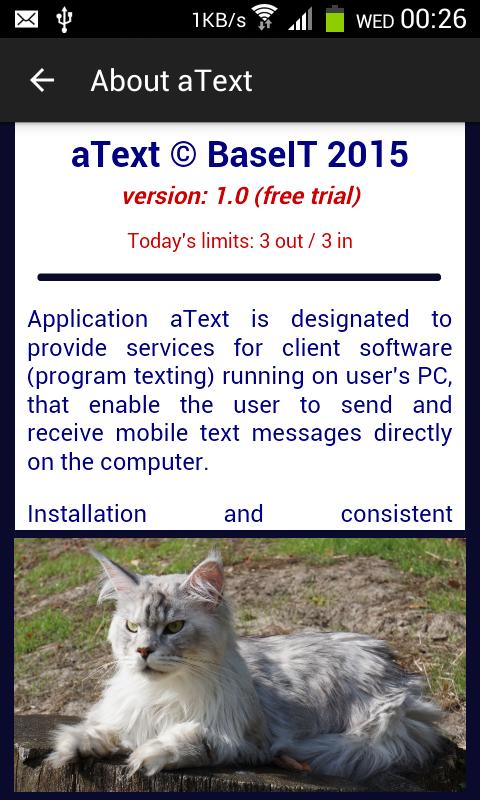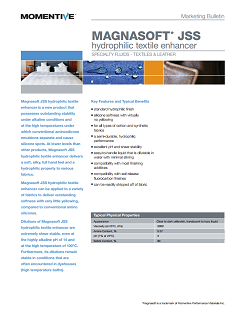Typing accelerator that assists users with replacing abbreviations, adding images, data synchronization, and misspelling correction. Atexit returns 0, but the function it is supposed to call is not executed. This is the registered function: void workingTime(void) printf(' Time taken -%.3f seconds ', difftime(end. Atext Chemical Industries at. Find their customers, contact information, and details on 11 shipments. Atexto's online jobs offer the freedom to work where you want and when you want. Choose your hours and work from the comfort of your home, or from anywhere in the world. How does Atexto work? The work consists of transcribing small audio fragments following the guidelines of the Transcription Guide.It is not a translation work, it is a transcription work, so you should never translate what the speakers say.
As a learning technologist for EAP students, I see one of my main roles as helping level the playing field for them. Linguistically, they are always going to have to work twice as hard as the native speakers on their university courses. Reading articles, taking notes on lectures, writing essays: all these things will take twice as long for them and will demand twice as much mental energy.
But as a technologist, I can help give them shortcuts that will make it easier to do some of these tasks. New king james bible free download for mac. Things such as using reference management software to make the collection and annotation of articles easier and to quickly generate bibliographies; better search skills so they can more effectively find the source materials they need for their research; or just using something like Google Docs so they can continue to work on their writing regardless of the computer or device they have I front of them.
One rarely explored area that can really help them is text expansion. This term covers a whole range of tech tools and services but in short it’s the ability to save and retrieve commonly used text chunks through your browser, computer or mobile device. This can be done through copy/paste or through a shortcut.
To give a few examples of what I mean: for common email replies, you could type the letter tyem and that would automatically expand to thank you very much for the prompt reply to my email. Or typing a text message, the letters omwh would become on my way home. Or maybe you find yourself needing your work address frequently for online forms and you could go to a browser extension that would automatically copy and paste that for you.
You can begin to see the ways that this might be useful for EAP students:
- When writing essays, they could quickly type/access commonly used phrases such as on the other hand, according to or there are clear differences between.
- When taking lecture notes, they could use quickly access pre-fabricated phrases such as this important because, what this means for …….is.
- When writing emails to their tutors or fellow students, they could have a series of templates ready, especially if they find themselves writing the same things again and again (dear Professor…, I’m writing to explain why I wasn’t able to attend the seminar yesterday)
- When filling out the endless online forms required of them by the university or their embassy or the NHS, they can quickly access home addresses, phone numbers and ID numbers without having to go searching for them.
By using these shortcuts, EAP students will buy themselves more time to focus on the important things such as actually concentrating on their lectures/writing rather than spending needless time typing the same phrases again and again and fretting about whether it’s correct or not. Adobe application manager download mac.
Tools for text expansion
There’s a whole load of programmes and browser extensions available for text expansion, here are a few that I think would be useful for students:

Microsoft Word Autotext
Little known feature in Microsoft Word, largely because it’s so expertly hidden. Shame really, because it’s so damn useful. When you type something in Word you think might be useful to reuse (common phrase, author’s name, task rubric etc), select it, then go to the Insert tab>Quick Parts>Autotext.
You will then be prompted to save the selection to the gallery and you can assign the shortcut for it (e.g. otoh). In the future, you can type otoh and it will automatically expand or when you start typing ‘on the.’ it will automatically suggest the phrase by pressing enter.
Firefox Clippings/Chrome Auto Text Expander or Pro Keys
If you want access to repeated text in your browser (e.g. in your email, Google Docs, online forms), there are a number of browser extensions that can help with that. My personal favourite is the Firefox add-on, Clippings. You can create saved clippings from selected text on a page or just by typing and organise them into folders and subfolders. You can insert them into the page by either right clicking and selecting from the clipper menu or opening the Clippings box and dragging the phrase you want.
Since it opens up a pop-out window, you can even use it in other applications such as Word or Powerpoint as long as Firefox is still running in the background. For a decent explanation of how to install and use it, go to this guide from the Kioskea website.
For Chrome users, you can try Auto Text Expander or Pro Keys, with both of these you can define shortcodes for longer pieces of text. Just note though that neither of these work in Google Apps such as Docs or Sheets as they have their own shortcut menu (more about that later).
Gmail canned responses
Our university uses Gmail and it’s possible to enable a feature to give you the ability to create templated emails called Canned Responses. You have to go into Settings and then Labs and enable Canned Responses. Once that’s done, you can save commonly typed emails as a canned response and then quickly insert it whenever you need it. You can see it being accessed in the picture below:
Google Apps shortcuts
As mentioned above, the Chrome extensions Pro Keys and Auto Text Expander don’t work in Google Docs, Sheets and Slides because they have their own service, found in Tools>Preferences. This is pretty limited, all you can do is specify what you want a shortcut replaced by and there isn’t any easy way to batch import them from, say, a spreadsheet.
Google Doc text replacement
Ios/android keyboard shortcuts
Most people don’t use these as a lot of mobile communication is deliberately abbreviated anyhow, but more and more students are doing serious work on their phones and tablets now and so it’s useful to know how to access them.
On iOS, via Settings>General>Keyboard, there is a shortcuts option that allows you to specify shortcuts for longer phrases. On Android, it’s slightly more complicated as it depends on the particular keyboard you use. The Google keyboard has it in Settings>Text Correction>Personal Dictionary but most other keyboards don’t though I’ve read that Smart Keyboard Pro – which is a paid app – does.
Phrase Express for Android/Text Expander for ios
If you want to be really serious about text expansion on your mobile device, you can buy dedicated apps/keyboards that can do it for you. Text Expander Touch for iOS is a customised keyboard designed specifically for text expansion. It is a paid app, which isn’t a problem if you really want this feature, but a bigger issue is that it is only available on apps that specifically support it, their website lists them all and very few of the ‘big’ apps (Twitter, Evernote etc) seem to support it.
On Android, there are more options as apps can have more control over the operating system. The one I use is Phrase Express, it costs about £3, but it’s very useful because you can choose to use their custom keyboard (I don’t as it doesn’t seem that great) or the accessibility option (which is the one I go for) which enables you to use whatever keyboard you want and you access your shortcuts either by just typing them out and they’ll expand immediately or by clicking on a small pop up that appears in any text field (see pic below)
Mac and Windows Programmes
For the really dedicated, you can buy apps for your Mac or PC that will enable this feature across all programmes and browsers on your computer. These have much greater functionality allowing you to create special shortcuts to add today’s date or to create chunks of text with customisable fields in them.
Atextual
For Mac users, the most popular programme is TextExpander, quite expensive at £26 but has a huge range of features. Very similar – and much cheaper – is Atext. This only costs about £4 and has virtually all the same features of TextExpander, so is highly recommended.

For Windows users, you can use Phrase Express for free as long as it’s for personal use and you can synchronise it with the Phrase Express app on Android. I’ve used it and it has many similar features as TextExpander/Atext for Mac, though probably not as user-friendly. There’s also a paid app, Breevy, which costs £26 but I haven’t had a chance to use it so can’t comment on how good it is.
Text expansion for teachers
Although this post is aimed mainly at students, text expansion is equally useful for teachers, especially in the routine tasks we have to do such as formulaic emails to colleagues and students, student reports, feedback on students’ essays, and writing rubric for tasks and tests.
Atexto Reviews
Initial setup of this can take a while, collecting all the phrases and remembering the shortcuts can be difficult but if students get into the habit of doing it, it can save them so much time.
Required methods
fn dropck_outlives(&self, ty: Ty<'tcx>) -> InferOk<'tcx, Vec<GenericArg<'tcx>>>[src]
Implementors
impl<'cx, 'tcx> AtExt<'tcx> for At<'cx, 'tcx>[src]
fn dropck_outlives(&self, ty: Ty<'tcx>) -> InferOk<'tcx, Vec<GenericArg<'tcx>>>[src]
Given a type ty of some value being dropped, computes a setof “kinds” (types, regions) that must be outlive the executionof the destructor. These basically correspond to data that thedestructor might access. Xcode download for mac free. This is used during regionck toimpose “outlives” constraints on any lifetimes referencedwithin.

The rules here are given by the “dropck” RFCs, notably #1238and #1327. This is a fixed-point computation, where weexplore all the data that will be dropped (transitively) whena value of type ty is dropped. For each type T that will bedropped and which has a destructor, we must assume that allthe types/regions of T are live during the destructor, unlessthey are marked with a special attribute (#[may_dangle]).
